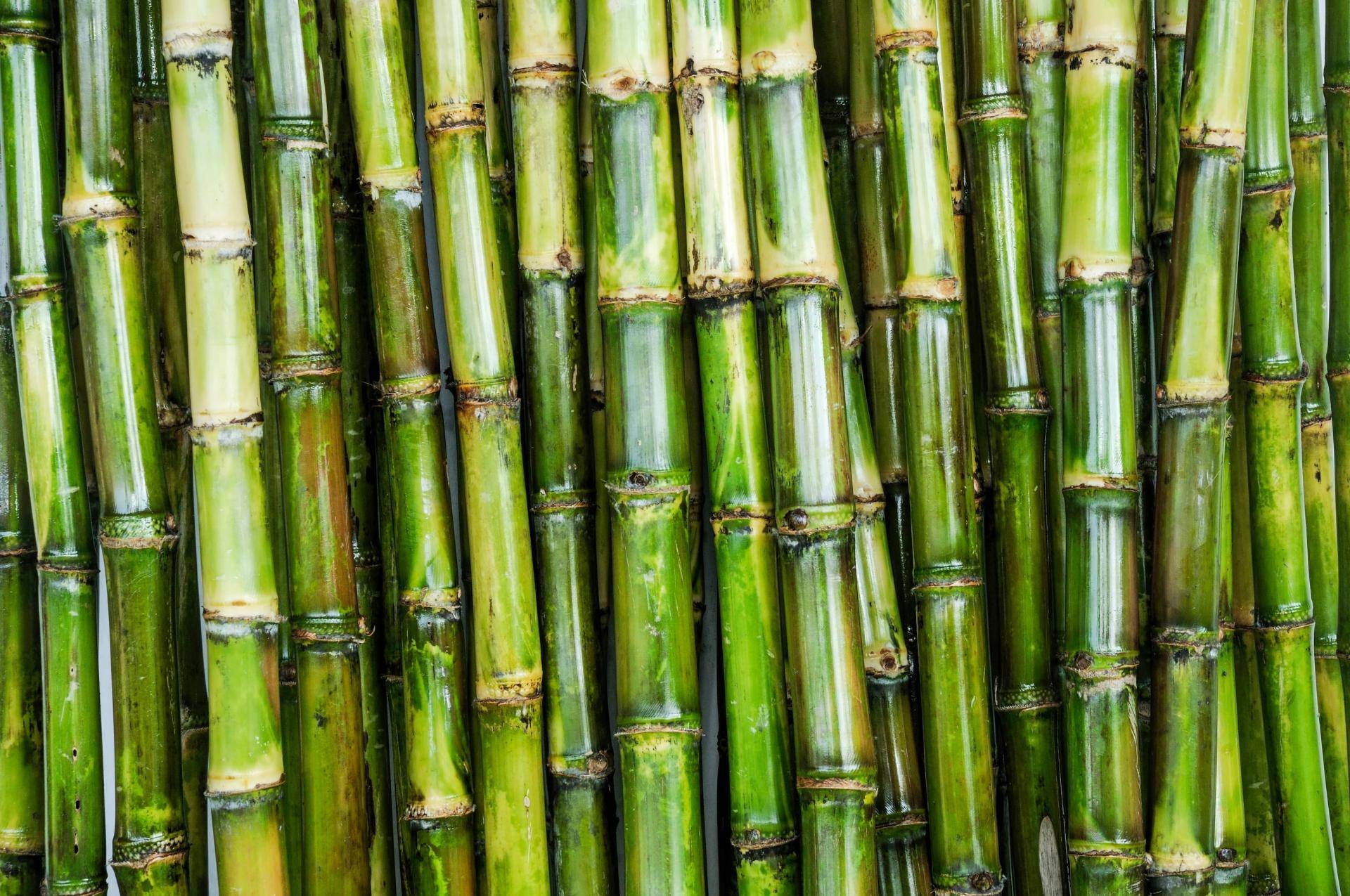Sugar and Cane: Unlocking the Secrets Behind Their Sweet Appeal
Exactly How Cane Sugar Processing Chemicals Improve Sugar Quality and Return
The duty of processing chemicals in walking stick sugar manufacturing is pivotal, as they directly affect both the quality and return of the last item. The unification of activated carbon and enzymes serves to enhance the failure of intricate sugars, inevitably leading to a purer and higher-quality sugar.
Introduction of Cane Sugar Handling
Walking stick sugar processing entails a collection of critical actions that change raw sugarcane right into polished sugar items. The procedure begins with harvesting, where fully grown sugarcane stalks are reduced and moved to refining facilities. Upon arrival, the walking cane goes through cleaning to eliminate contaminations such as soil and plant products.
Adhering to washing, the cane is squashed to extract the juice, which has sucrose - sugar and cane. This juice undertakes explanation, where lime and heat are utilized to eliminate remaining contaminations and non-sugar elements. The made clear juice is then evaporated to concentrate the sugar material, resulting in the development of thick syrup
Following, the syrup is taken shape via a controlled air conditioning process, resulting in sugar crystals. These crystals are divided from the continuing to be syrup in centrifuges. The raw sugar acquired is generally brown as a result of residual molasses material. To attain polished sugar, more purification steps are applied, consisting of cleaning, re-crystallization, and drying out.
The final item is either packaged as raw sugar or additionally refined into white sugar, dealing with numerous customer and commercial requirements. This thorough collection of steps ensures the manufacturing of top quality sugar, essential for countless applications in food and drink markets.
Key Processing Chemicals Made Use Of
The production of refined cane sugar relies upon numerous processing chemicals that play considerable duties at different phases. Amongst the most important are lime (calcium hydroxide), phosphoric acid, and sulfur dioxide. Lime is mainly used during the clarification stage to counteract level of acidity and speed up impurities, leading to a more clear juice. This action is necessary for boosting the general quality of the removed juice.
Phosphoric acid serves a dual purpose; it enhances the information process and aids in the removal of color-forming substances, adding to a higher purity of the end product. In addition, sulfur dioxide operates as a bleaching agent, permitting for the reliable elimination of unwanted pigments and boosting the color of the sugar.
Other remarkable chemicals include turned on carbon, which is used for more decolorization, and enzymes that help with the malfunction of complex sugars right into easier types, therefore enhancing yield. The cautious option and application of these processing chemicals are critical for maximizing the efficiency of More about the author sugar extraction and refining procedures, inevitably bring about a more constant and greater top quality sugar product.

Effect On Sugar High Quality
Exactly how do processing chemicals affect the top quality of refined sugar? The introduction of numerous chemicals in the walking cane sugar processing stage significantly boosts the purity and overall quality of the last product.
Furthermore, making use of turned on carbon and ion-exchange materials during the refining procedure plays an essential role in eliminating off-flavors and undesirable odors, adding to the sugar's sensory profile. This refinement not only elevates the aesthetic and organoleptic top qualities yet likewise improves the life span by minimizing microbial activity associated with impurities.
Additionally, the exact application of these chemicals see post makes certain that the sugar shows a consistent grain dimension and flowability, which are essential qualities for both commercial applications and customer preferences. Generally, the critical use processing chemicals is essential in attaining high-quality refined sugar that meets sector criteria and customer assumptions.

Enhancing Yield Effectiveness
Enhancing return effectiveness in cane sugar handling entails optimizing numerous phases of manufacturing to optimize the amount of sugar removed from raw walking stick. One essential element is the option and application of proper processing chemicals, which can facilitate the malfunction of cell walls and enhance sugar launch throughout extraction. Chemicals such as enzymes and acids play an essential function in this process by hydrolyzing polysaccharides and liquifying contaminations, thereby improving the general extraction efficiency.

Regular surveillance and modification of processing criteria are important to preserve effectiveness throughout production (sugar and cane). By using these techniques, sugar manufacturers can not just increase the quantity of sugar obtained but also lower waste and lower manufacturing expenses, adding to a much more lasting and lucrative sugar handling procedure
Benefits for Producers and Consumers
Walking cane sugar processing chemicals provide considerable advantages for both customers and producers, creating an extra lasting and efficient market. For producers, these chemicals boost extraction procedures, leading to greater yields and improved sugar top quality.
For customers, the advantages are equally compelling. The better top quality of click here now sugar translates to far better taste and uniformity in food products. Additionally, using processing chemicals can bring about an extra stable supply of sugar, reducing shortages and rate spikes that can take place due to ecological aspects or market variations. The advancements in manufacturing methods add to sustainability initiatives by lessening source use and waste generation, appealing to ecologically mindful consumers.
Conclusion

The role of handling chemicals in walking cane sugar manufacturing is critical, as they straight influence both the high quality and yield of the last product (sugar and cane). The incorporation of turned on carbon and enzymes serves to maximize the breakdown of intricate sugars, ultimately leading to a purer and higher-quality sugar.Walking stick sugar handling involves a collection of important actions that transform raw sugarcane right into polished sugar products.Enhancing return performance in walking stick sugar processing involves enhancing numerous stages of production to maximize the amount of sugar drawn out from raw cane.Cane sugar handling chemicals play an important duty in boosting both sugar quality and return